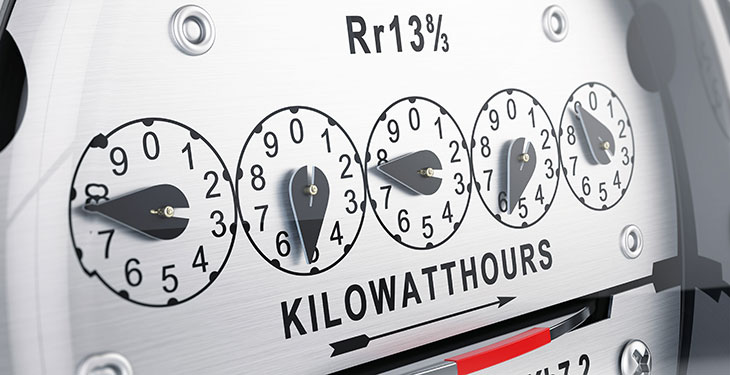Average electricity prices for household consumers in the EU decreased slightly in the first half of 2020, compared to the same period in 2019, but there were also increases, the largest increases, expressed in national currency, being recorded in Lithuania (13.6%), Poland (12.9%), Luxembourg (10.5%) and Romania (9.1%), following the increase in energy costs, show data released on Tuesday by the European Statistical Office (Eurostat).
On the other hand, in the period between the first half of 2019 and the first half of 2020, price decreases were recorded, in the national currency, in 16 Member States, the most significant being in the Netherlands (minus 31%), Latvia (minus 12.8%), Slovenia (minus 11.4%), Sweden (minus 10%) and Estonia (minus 8.9%). Tax cuts have led to lower prices in the Netherlands, while energy costs have been the main factor in lowering prices in Latvia, Slovenia, Sweden and Estonia, according to Agerpres.
Expressed in euros, the lowest average electricity prices for household consumers in the EU in the first half of 2020 were in Bulgaria (10 euros/ 100 kWh), Hungary (10.3 euros/ 100 kWh) and Estonia (12.4 euros/ 100 kWh), and the highest in Germany (30.4 euros/ 100 kWh), Denmark (28.3 euros/ 100 kWh) and Belgium (27.9 euros/ 100 kWh).
Average electricity prices for household consumers in the EU stood at 21.3 euros/ 100 kWh in the first half of 2020, while in Romania the price was 14.59 euros/ 100 kWh.
In the first half of 2020, the average natural gas prices for household consumers in the EU were almost stable and stood at 6.6 euros/ 100 kWh, while in Romania the price was of 3.2 euros/ 100 kWh.
